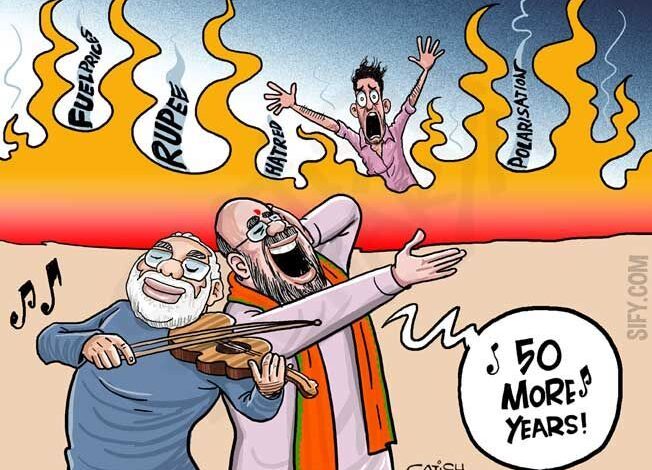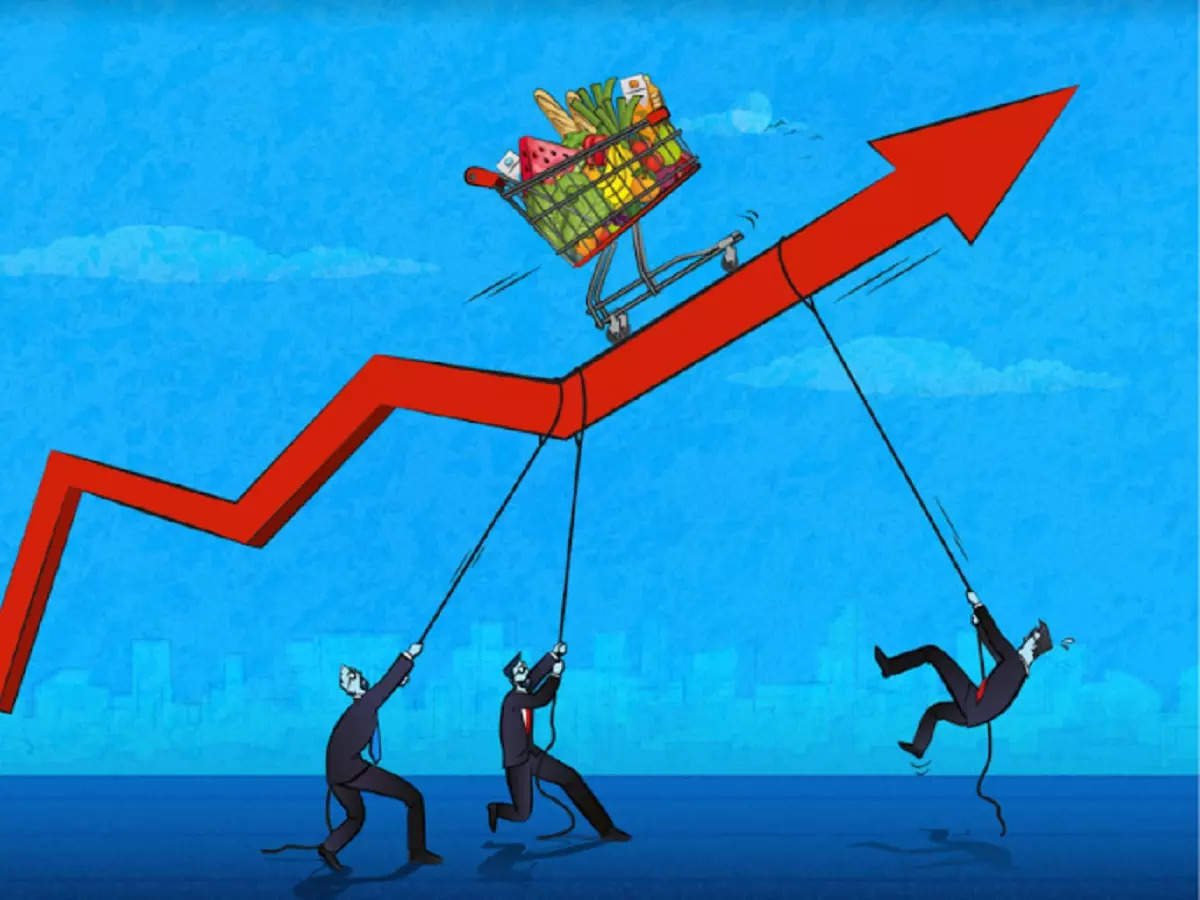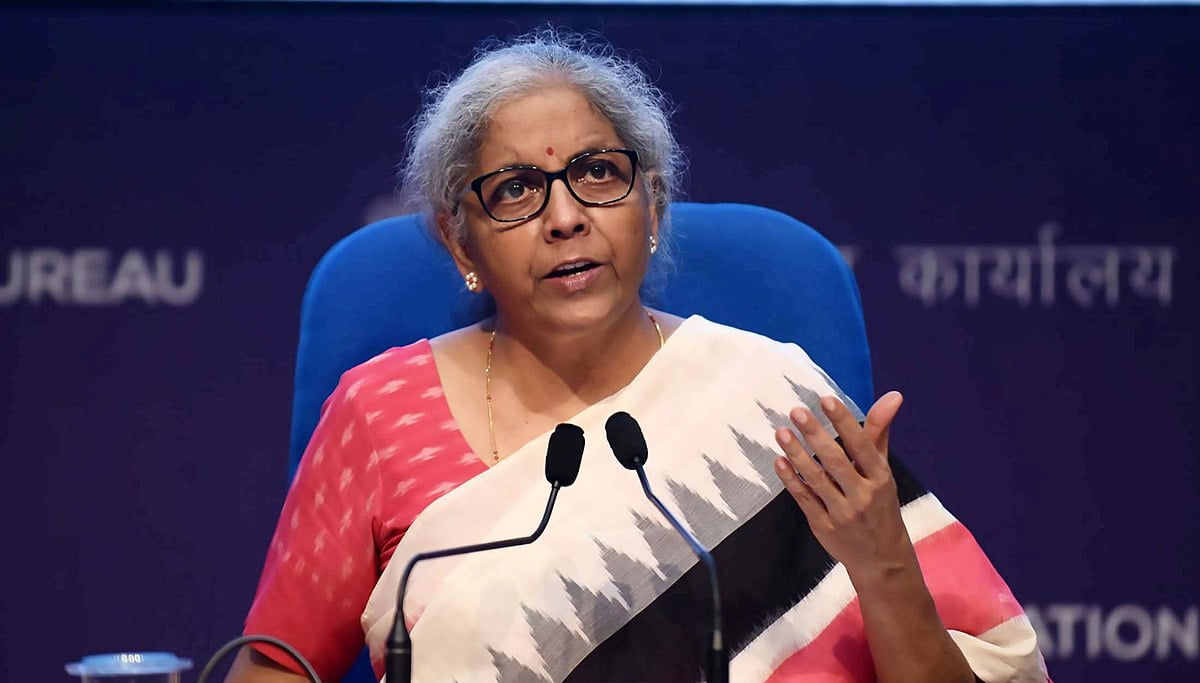India is on the verge of getting bankrupt like Sri Lanka in 2022, thanks to Modi Ji and RBI Governor Sashi Kanta das for “ache din”

When the Narendra Modi-led BJP government came into power, he claimed that ache din is near to us giving millions of Indian hopes that the struggle is over. Eight years have passed and Indi has not yet surpassed the undying spells of economic crisis. And the most controversial statement is amidst the sufferers being crushed completely by the overwhelming taxation system and increasing inflation prices, Modi Ji has been given the title of world’s most powerful prime minister in 2019.
On September 22, India’s retail inflation was expected to rise to a five-month high of 7.4 percent in September. The rise in the inflation rates has been predicted to spike higher if the price of food and vegetables is increased further.
The statement has been sourced from a Deutsche bank report.
The source has even revealed that CPI inflation is increasing at a rapid rate. The value reached 7.4 percent in September while it was valued at 7 percent in August.
The foreign bank has even anticipated the inflation rates to rise further to an average of 7 percent from October to December followed by a projection of 6.9 percent from January to March.
Although the value is significantly lower than the current CPI, the value is still higher than the RBI’s 6.7 percent estimate.
The RBI’s inflation-targeting Monetary Policy Committee which was established in 2016 has made it mandatory to keep inflation within a band extending 2 percent points on either side of its 4 percent target.
If the inflation remains below or above the band for three straight quarters, the RBI is answerable to the government for why it has failed to reach the target and what remedial actions should be taken, and an estimated period to reach the target.
Inflation data taken from September has ensured that India’s consumer price has reached above 6 percent throughout the third quarter triggering the Monetary policy that has been proposed by RBI to cope with the inflation.
Inflation is a red flag in a country’s economy. Sudden inflation decreases the purchasing power of consumers. Inflation measures the increase in prices over time for a basket of goods and services which is representative of overall consumer spending.
The second important yet dreadful impact is that it hurts the poor disproportionately. Lower-income followed by high pricing of essential commodities leads to the poor spending a high proportion of their incomes compared to those with higher incomes.
The situation has taken a negative toll on India’s economy where 83 million of the population lives in acute poverty as stated by the World report.
But what is the RBI currently doing to control the rising prices? Does controlling inflation come with the idea of slowing the economic growth of India?
How heavy a price do the Indians have to pay for electing the wrong representative?
The Reserve Bank of India is trying to bring the situation under control by continuing to raise the interest rates to check the increase in prices. But, the step taken by RBI could be detrimental to India’s economy.
In August, the RBI increased the repo rate by 50 basis points to curb inflation. The hike followed the rate increase by other central banks including the Federal Reserve of the US and the Bank of England. 
With August’s increase in interest rates, the repo rates currently stand at a level of 5.40 percent.
This has worried the Sitharam government. The GDP growth of India that was expected for the first quarter was 13.5 percent which is below the expectations of RBI.
In addition, the output losses accounted for 17.1 crore INR in FY22.
Reports say that it will take India another decade to overcome the Covid-19 losses.
In addition, India is challenged in terms of labor force participation and unemployment rate. The percentage of people looking for work has dropped from 46 percent to 40 percent as compared to six years ago. Moreover, the unemployment rate has been hovering up to 7 -8 percent as compared to 5 percent five years ago.
In august 2022, India attained the highest unemployment rate accounting for 8.3 percent.
Experts have predicted that slow growth will be visible in the upcoming quarters. The slow growth rate could be a risk factor for the Indian economy as it will curb India’s exports and further result in uncertainty in private CAPEX plans.
Nirmala Sitharam has previously declined that inflation was a red flag in the Indian economy. It was because a significant drop in the inflation percentage was noticed from April to June. The Centre had also reduced fuel prices and curbed the export of certain goods to lower the prices.

But, now is a very disturbing moment for RBI. Ache din is not near given that the consumer prices are increasing significantly followed by the increase in the prices of wheat, cereals, milk, and milk products.
The Indian economy has demonstrated lower growth rates, high unemployment, more poverty, and hovering inflation due to Modi’s acche din schemes brought about by demonetization and successive policies of GST. The Modi government is constantly in an election mode and not once has sought to look after the deteriorating economy. India has already lost many opportunities for growth and globalization since the 1990s.
The country can not afford to lose more.
India is in a minefield of challenges in the quest for growth and overcoming the challenges will not be easy.






